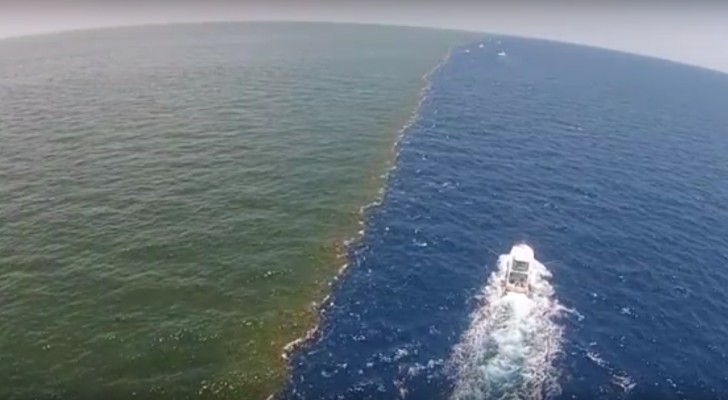"Dragon Hole" in the China Sea is now the world's deepest blue hole!
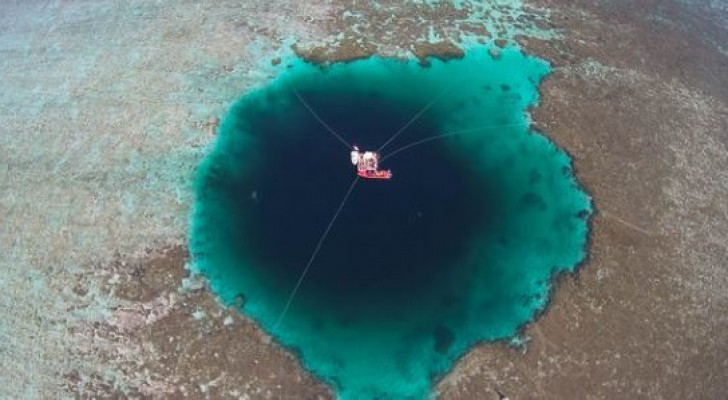
Dragon Hole looks like a huge, intensely blue hole in the middle of the Chinese Sea, and has been proclaimed the world's deepest blue hole, surpassing the record set by Dean's Blue Hole in the Bahamas.
It took researchers one year to determine its actual size and to ascertain its official dimensions by using sonar and most of all a submarine robot.
The knowledge of the existence of this enormous blue hole goes back to the ancient stories that are part of the historical Chinese cultural tradition.
In fact, this blue hole is the one that was indicated in an ancient story about the Monkey King (Sun Wukong,) who was in charge of defeating the Kings of Hell. It was here, at Dragon Hole, that the Monkey King found his impregnable weapon, a stick that enabled him to change his size at will.
Here for you is the astonishing "Dragon Hole".
Dragon Hole is located in the Paracel Islands, between Vietnam and the Philippines. Its discovery has toppled the world record holder Dean's Blue Hole in the Bahamas, which is 210 m (700 ft) deep, from its number one position.
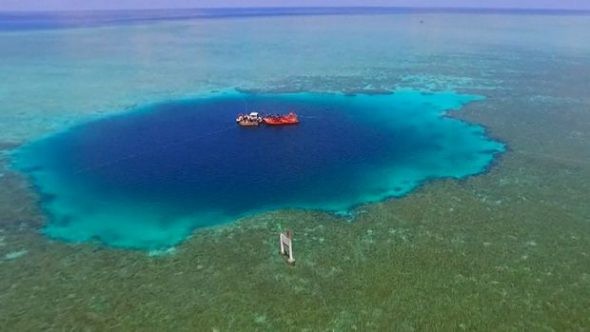
In fact, in Dragon Hole is in comparison, 300 meters (984 ft) deep and 130 meters (427 ft) wide.
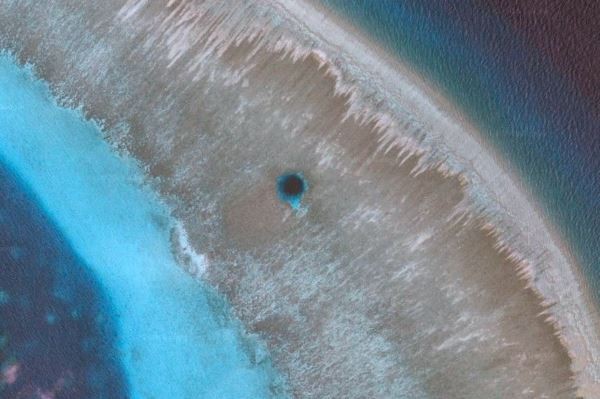
This natural phenomenon is known as "'blue holes" and they form in particular in limestone rock when over long periods of time the erosion process forms cavities that can extend up to the earth's surface. This particular ocean formation takes place in the event that the thin cover that separates a quarry from the outside marine environment collapses and allows the quarry to fill up with water.
Diving into these blue holes is very dangerous for humans, not only because of the lack of oxygen but also for the possible presence of sources of sulfur that would cause the death of the diver.
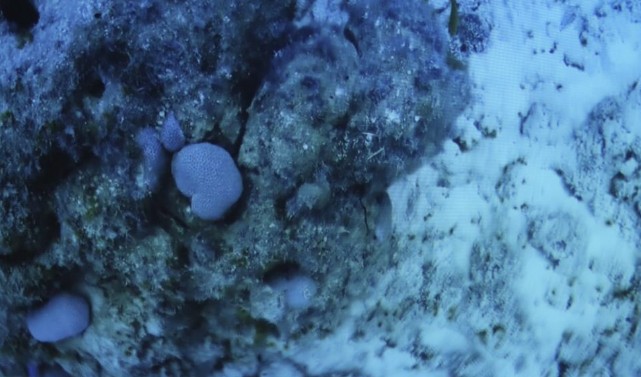
Submarine expeditions and a submarine robot have allowed sediment samples to be collected from the walls and from the bottom of blue holes.

The study of the sediment samples will allow us to know more about climate change over the centuries. There are also fossil remains that are currently being examined and studied by geologists and archaeologists.
In the world there are many "blue holes" and they can be compared to valleys that are filled with water that have their own very particular habitat.
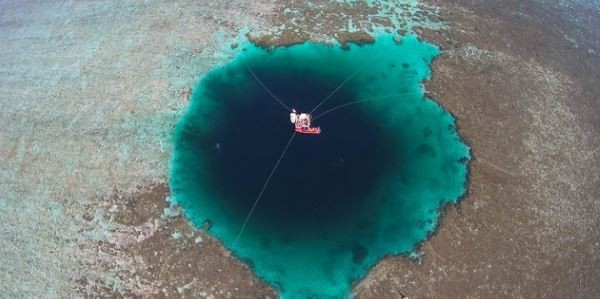
More than 20 marine species have been identified in the Dragon Hole ecosystem that are not present in the surrounding waters! However, these same marine creatures populate only one-third of the total depth of the Dragon Hole, due to the shortage of oxygen.
Notwithstanding the existence of humans on this planet since the dawn of time, there are still many unexplored places that guard secrets and mysteries. The wonders of the world are endless!




